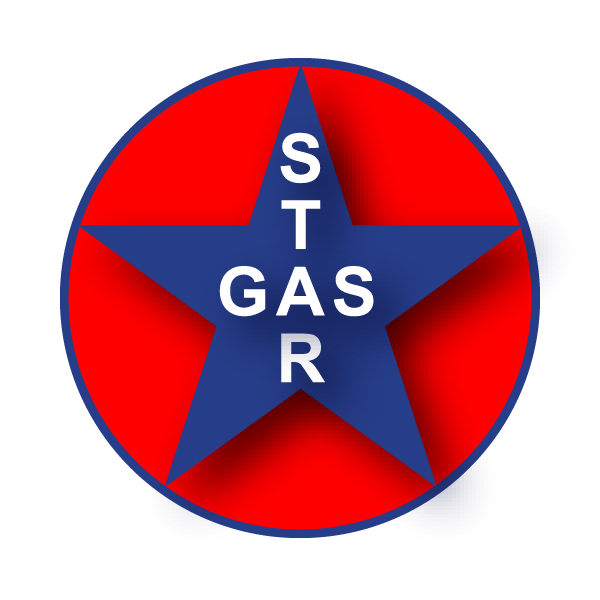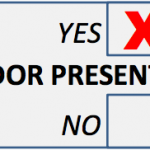The History of Propane
The Discovery
In 1910, Dr. Walter O. Snelling, a chemist and explosives expert for the U.S. Bureau of Mines, was contacted to investigate vapors coming from a gasoline tank vent of a newly purchased Ford Model T. Dr. Snelling filled a glass jug with the gasoline from the Ford Model T and discovered on his way back to the lab that volatile vapors were forming in the jug, causing its cork to repeatedly pop out. He began experimenting with these vaporous gases to find methods to control and hold them. After dividing the gas into its liquid and gaseous components, he learned that propane was one component of the liquefied gas mixture. He soon learned that this propane component could be used for lighting, metal cutting, and cooking. That discovery marked the birth of the propane industry.
The Growth of an Industry
| 1912 | Dr. Snelling and colleagues established the American Gasol Co., the first commercial marketer of propane. |
| 1913 | Dr. Snelling sold his propane patent for $50,000 to Frank Phillips, the founder of Phillips Petroleum Co. In 2002, Phillips Petroleum merged with Conoco Inc. to form ConocoPhillips. |
| 1918 | Propane was primarily used for cutting metals. J.B. Anderson of Sharpsburg, PA developed the first propane-fueled pumpless blowtorch. |
| 1922 | The Bureau of Mines, which is part of the U.S. Department of the Interior, began tracking propane sales in the United States. National sales totaled 223,000 gallons. |
| 1925 | Propane sales reached 404,000 gallons—nearly doubling sales in just three years. |
| 1927 | Phillips Petroleum, now ConocoPhillips, began the research and development of domestic appliances and gas equipment. The Tappan Stove Co. began producing gas ranges. Today, Tappan Stove is part of Electrolux Home Products. |
| 1928 | The first bobtail truck was built to transport propane. Servel Inc., which went out of business in 1958, produced the first propane refrigerator. |
| 1929 | Aggressive sales promotions and marketing pushed national sales to 10 million gallons. The propane industry asset value was approximately $22 million. |
| 1931 | H. Emerson Thomas, George Oberfell, and Mark Anton founded the first propane industry trade group called the National Bottled Gas Association in Atlantic City, NJ. |
| 1932 | At the 1932 Olympics in Los Angeles, CA, propane powered all of the appliances for cooking and heated the water in the Olympic Village. |
| 1933 | A propane odorant was developed to easily detect leaks. |
| 1934 | National sales reached 56 million gallons, due in great part to rapid industrial growth. |
| 1936 | Twenty-pound cylinders, such as those used for grilling, were first introduced to enhance portability. |
| 1945 | The end of World War II brought great industrial development, leading propane into its so-called “Golden Years.” Sales reached 1 billion gallons. |
| 1947 | Sixty-two percent of all U.S. homes were equipped with either natural gas or propane ranges. Water heater sales rose 261 percent, and the first propane-fueled clothes dryer entered the marketplace. The first oceangoing tanker built for propane, the SS Natalie Warren owned by Warren Petroleum Corp., was launched; total capacity was 1.4 million gallons. |
| 1950 | The Chicago Transit Authority ordered 1,000 propane-fueled buses, and Milwaukee converted 270 taxies to run on propane. In addition, an estimated 7.5 million propane installations occurred on farms and in suburbs. |
| 1955 | Propane containers, equipment, and appliances were exposed to an atomic explosion at a federal test site in Nevada. After the explosion, all were in perfect working order, and the ranges were used to cook meals for the test personnel. |
| 1958 | National propane sales reached 7 billion gallons annually. |
| 1961 | Propane installations in the United States totaled 13 million tanks. |
| 1962 | The propane industry celebrated its 50th anniversary at its national convention in Chicago during May. |
| 1963 | The first 50,000-gallon tank car was built, and hot-air balloons began using propane. |
| 1965 | GATX built the world’s largest propane tank car, with a 60,000-gallon capacity.Chevrolet introduced four new truck engines designed for propane. |
| 1973 | Propane price controls were instituted in the wake of the Arab oil embargo. The propane industry trade association, now called the National Propane Association, opened its first Washington, DC office. |
| 1977 | The U.S. Department of Energy was established, and the Federal Energy Administration (FEA) began investigating propane pricing practices, which were then controlled by the U.S. government. |
| 1981 | President Reagan eliminated price controls on propane, gasoline, and crude oil. |
| 1987 | The National Liquefied Petroleum Gas Association (NLPGA) changed its name to the National Propane Gas Association, the national trade association representing the propane industry. |
| 1990 | Propane was listed as an approved, alternative clean fuel in the 1990 Clean Air Act and, two years later, was listed again as an alternative fuel in the Energy Policy Act of 1992. |
| 1996 | The Propane Education & Research Council (PERC) was authorized by the U.S. Congress with the passage of Public Law 104-284, the Propane Education and Research Act (PERA), signed into law on October 11, 1996. PERC’s mission is to promote the safe, efficient use of odorized propane gas as a preferred energy source. |
| 2004 | Today, propane is an $8 billion to $10 billion industry in the United States and is growing. The United States consumes more than 15 billion gallons of propane annually for home, agricultural, industrial, and commercial uses. Of the 101.5 million U.S. households, 8.1 million depend on propane for one use or another. |
Sources:
Paul K. Haines, president, Trexler Haines Gas, Inc.
President, Pennsylvania Propane Gas Association, 1961
State Director, Pennsylvania Propane Gas Association, 1972-1976
District 9 Director, National Propane Gas Association, 1976-1996
Archives of the National Propane Gas Association (February, 2000)
U.S. Department of Energy (March, 2003)




Leave a Reply
Want to join the discussion?Feel free to contribute!